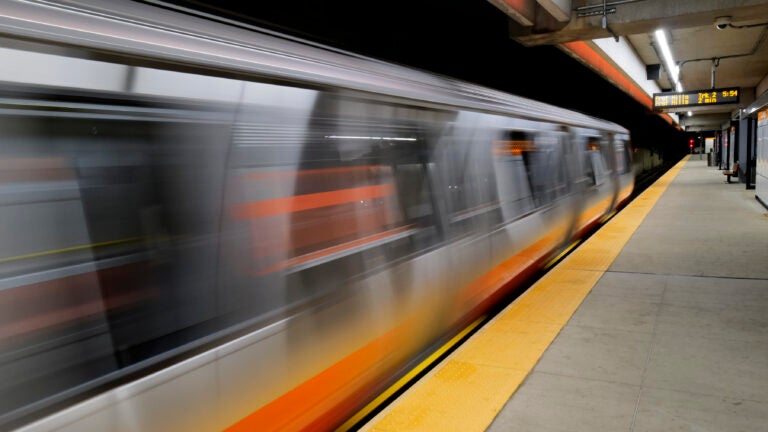New England Born & Raised
Active Member
- Joined
- Jun 19, 2021
- Messages
- 508
- Reaction score
- 1,113
The MBTA system, particularly the Orange Line, was a popular inspiration source for 2022 Halloween costumes.



The flaming Orange Line train is, by far, the most popular Boston costume this year
Halloween revelers have been embracing the most Boston costume in years: the burning Orange Line. Share your costume this year on Boston.com.
www.boston.com
